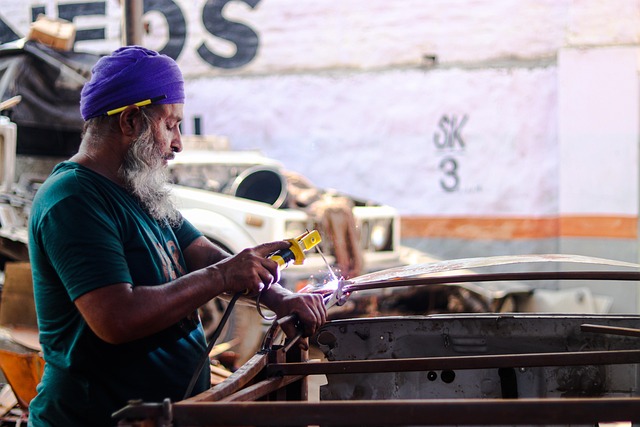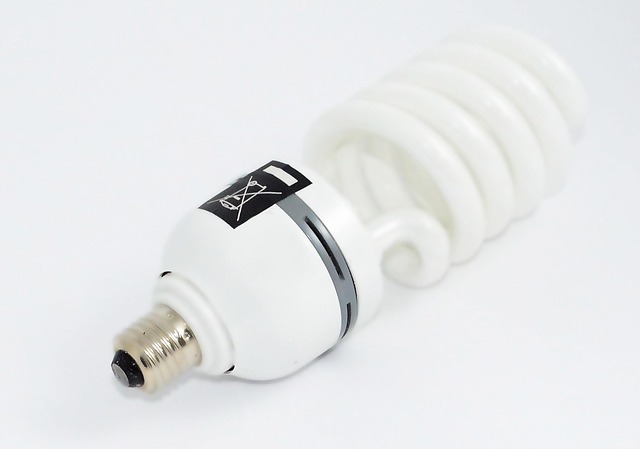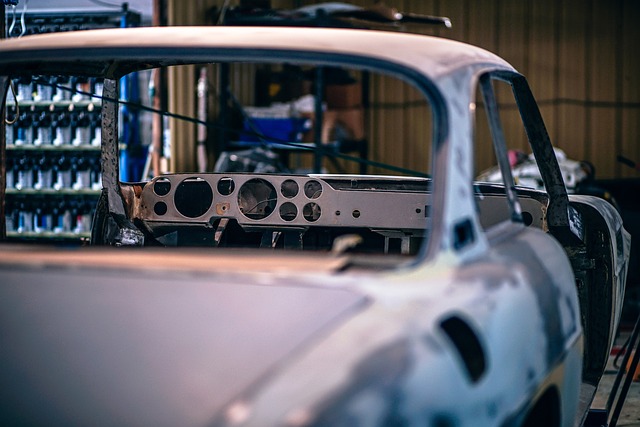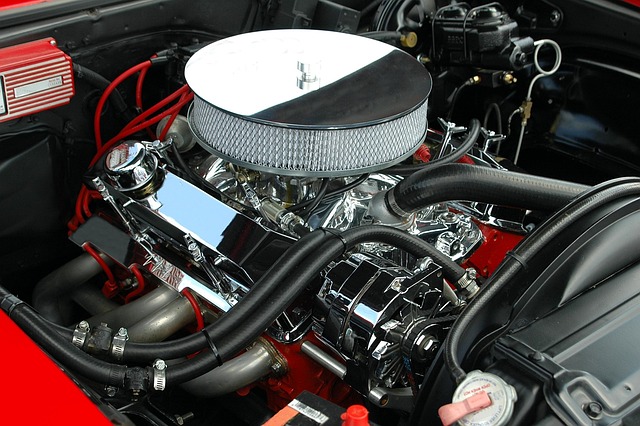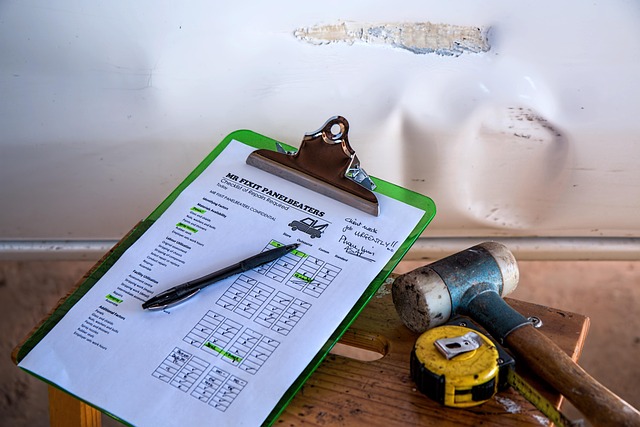Delays in auto body repair can be attributed to skilled labor availability, parts acquisition, supply chain issues, and multifaceted factors. Efficient project management, strong supplier relationships, clear communication channels using digital platforms, standardized procedures, ongoing training, and modern equipment investment are crucial to streamline the auto body repair process, ensure timely vehicle returns, and enhance customer satisfaction.
In the fast-paced world of automotive services, delays in auto body repair can cause significant frustration for customers. This article delves into the common causes of these delays, exploring factors ranging from parts availability to technical complexities. Understanding these issues is crucial as it highlights the impact on the overall repair process, from initial assessment to final completion. Moreover, we offer practical strategies to streamline repairs, ensuring efficient and effective auto body restoration.
- Understanding Common Causes of Delays
- The Impact of These Delays on the Overall Repair Process
- Strategies to Streamline and Efficiently Manage Auto Body Repairs
Understanding Common Causes of Delays

Delays in the auto body repair process can be frustrating for vehicle owners, but understanding the common causes can help manage expectations and streamline the journey to vehicle restoration. One significant factor is the availability and workload of skilled technicians. Auto collision centers often juggle multiple projects simultaneously, leading to potential delays if a specialized technician is needed for a particular repair. This is especially true for complex or intricate work that requires precise expertise.
Another reason for setbacks lies in the acquisition of parts. Collision repair services depend on accessing quality auto body parts that fit seamlessly with the vehicle’s make and model. Supply chain issues, manufacturing delays, or even unexpected part obsolescence can disrupt the repair timeline. Efficient project management and maintaining strong relationships with reliable suppliers are key to minimizing these delays, ensuring a smoother auto body repair process for all involved parties.
The Impact of These Delays on the Overall Repair Process
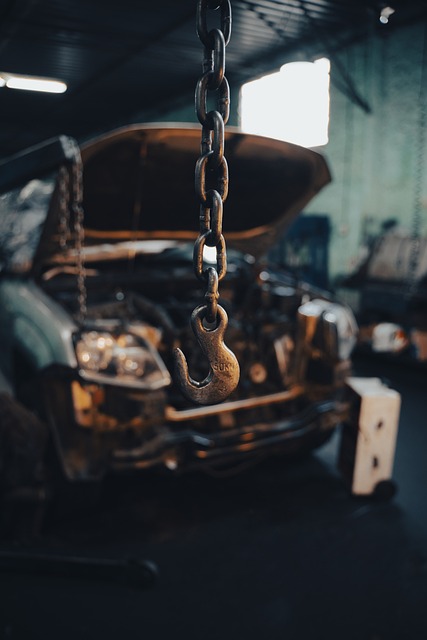
Delays in the auto body repair process can significantly impact the overall efficiency and effectiveness of getting your vehicle back on the road. Each stage of the repair, from initial assessment to final inspection, relies on a smooth workflow. When delays occur, it can create a ripple effect, causing extended turnaround times and potential frustration for customers.
These delays are often multifaceted, ranging from sourcing specialized parts to waiting for insurance approvals or even scheduling tire services as part of the overall auto collision repair process. They can also stem from factors like labor availability or complex repair techniques required for specific damage. Addressing these issues is crucial to streamline the auto body repair process and ensure customers receive their vehicles in a timely manner, enhancing overall satisfaction with the service.
Strategies to Streamline and Efficiently Manage Auto Body Repairs

To streamline and efficiently manage auto body repairs, establishing clear communication channels is paramount. Effective communication between customers, auto body shop staff, and insurance providers can significantly reduce delays. Utilizing digital platforms for updates ensures everyone involved stays informed about progress, enabling timely decisions and adjustments. Additionally, implementing a standardized process for assessing damages, estimating costs, and scheduling repairs enhances efficiency.
Regular training and upskilling of employees on the latest tools and techniques in vehicle collision repair are essential. This promotes faster turnaround times as technicians become more adept at handling various auto body repair processes. Investing in modern equipment and technology also plays a crucial role in enhancing productivity by enabling quicker and more precise repairs, ultimately leading to satisfied customers and a smoother vehicle bodywork restoration process.
Delays in the auto body repair process can significantly impact both the customer experience and shop efficiency. By understanding common causes, such as parts availability, labor allocation, and communication breakdowns, and implementing strategic solutions like improved inventory management, efficient workforce planning, and digital communication tools, auto body shops can streamline their operations. These strategies ensure a smoother, faster, and more satisfying auto body repair journey for all involved.

